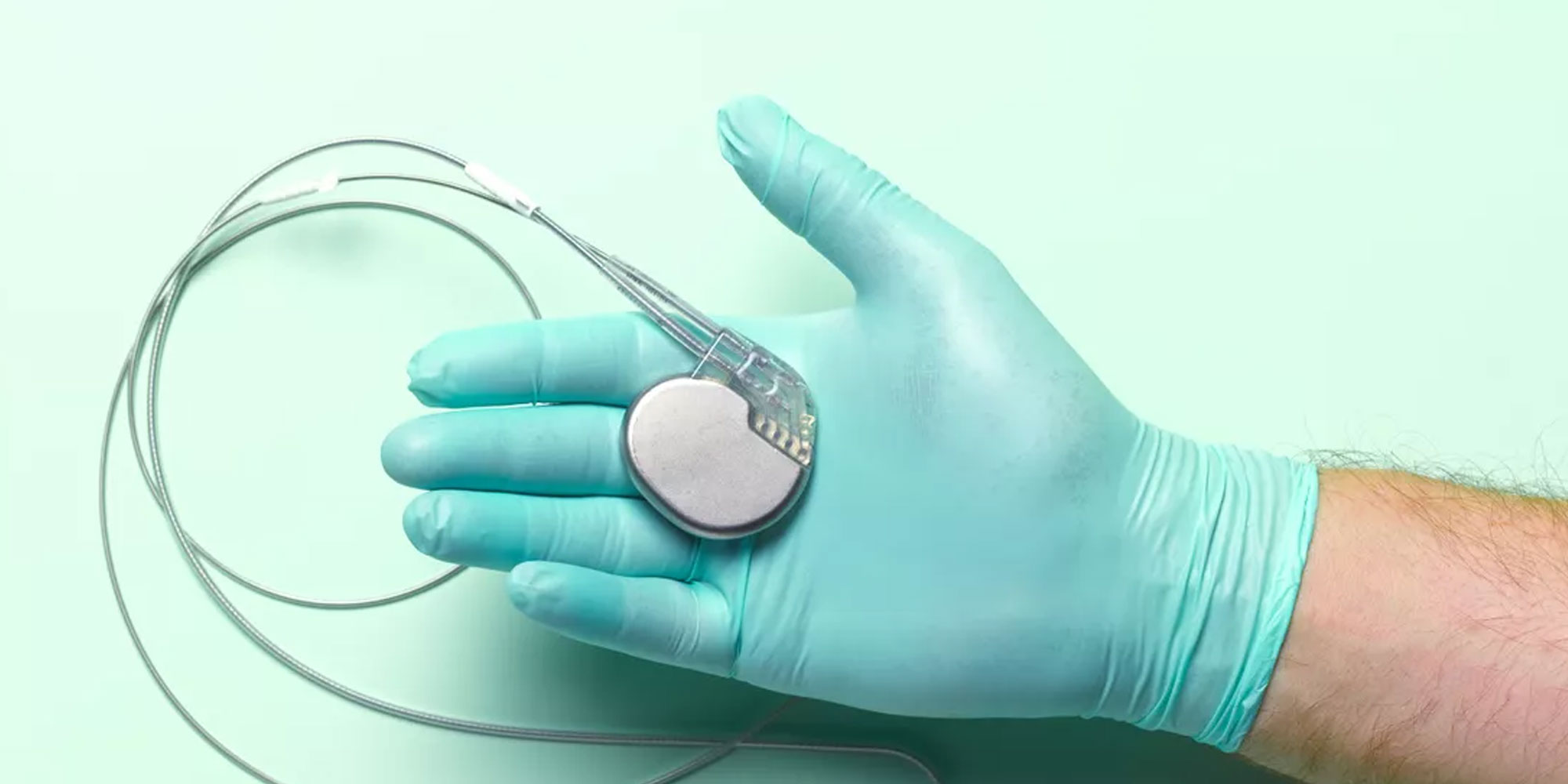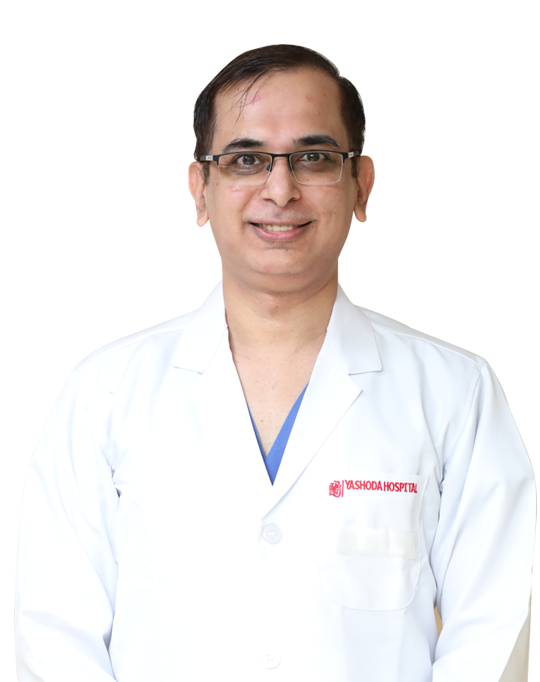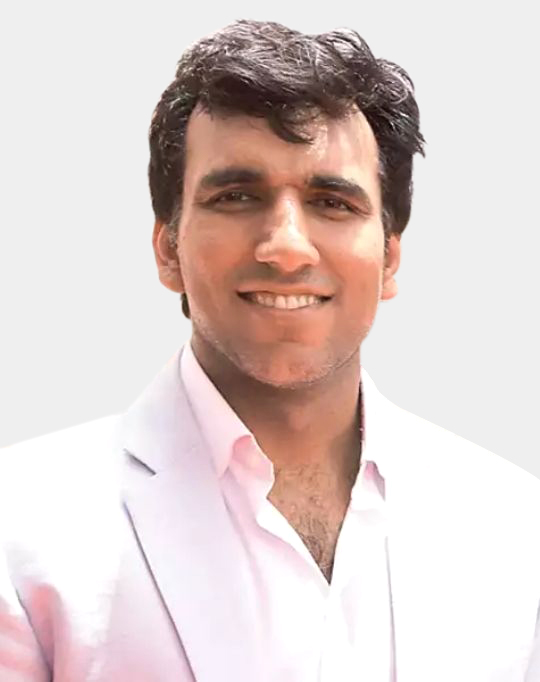
Pacemakers - Types, Procedures, & Risks
At Yashoda hospital, our electrophysiologists use the latest advancements in pacemaker technology to help your heartbeat at an average rate and pump more effectively. Our team provides comprehensive medical care, including, device clinic, catheterization lab, device management, support groups, and individual counselling all in one place. We are the hospital who are expert in pacemaker programming and device management to provide a tailor-made plan for your specific needs.
What is a Pacemaker?
A pacemaker is a miniature equipment that's placed under the skin in your chest to help regulate your heartbeat. It's used to stimulate your heartbeat more steadily if you have an irregular heartbeat (arrhythmia), especially a slow one. Implanting a pacemaker in your chest, calls for a surgical procedure.
What are the types of Pacemaker?
Your need may depend on your symptoms and the definitive heart condition you have. After our diagnostic assessment, we explain our recommendations with you to determine the right pacemaker for your needs.
- Single-chamber pacemaker: This form of pacemaker has one lead that links the pulse generator to one chamber of your heart. Our team apply the single-chamber pacemaker for most individuals, to regulate heartbeat pacing by hooking up the lead to your right ventricle. Depending on your symptoms and the type of pacing you need, we join the lead to your right atrium (upper heart chamber) to prompt the pacing in that chamber.
- Dual-chamber pacemaker: This device is joined to both chambers on the right side of your heart, the right atrium and the right ventricle with two leads. The doctor programs the dual-chamber pacemaker to coordinate the pace of contractions of both chambers. By contracting and relaxing in the proper rhythm, the pacemaker helps the two chambers work together. The blood flows properly from the right atrium into the right ventricle, due to the contractions.
- Biventricular pacemaker: This pacemaker, also recognized as a cardiac resynchronization therapy (CRT) device, has three leads joined to the right atrium and both ventricles. We utilize the biventricular pacemaker to cure people with arrhythmias generated by advanced heart failure. For many individuals with heart failure, the left and right ventricles do not pump at the same moment.
Our doctors’ program the biventricular pacemaker to regulate the contractions of the ventricles so that they both pump simultaneously. Your heart can pump more effectively, when it coordinates with the ventricles contraction which can cure your heart failure symptoms.The approach is known as cardiac resynchronization therapy because it resynchronizes the ventricles' pumping procedure.
What to Expect from the Procedure?
Before the Procedure
- Prior to your procedure, your doctor will discuss your implantation with you.
- You will be asked to sign an informed consent form.
- Before the procedure, you won't be allowed to eat or drink.
During the Procedure
- You will be asked to wear a hospital gown and lie on a table.
- During the procedure, you will be receiving some sedation intravenously, which will help you relax.
- The doctor will guide the leads through the numb area, from the vein and into the heart's right-side chambers using fluoroscopy.
- The leads will be attached to the pacemaker. Once the lead has been placed, then a small pacemaker pocket will be created, where the pulse generator will be placed.
After the Procedure
- After a complete recovery process, the doctor can allow you to go home.
- The patients may stay in the hospital if there are any concerns or problems with the ECG.
- You can resume your daily activities within a few days.
- The doctor may advise you to take it easy for a few days.
- In addition, the patient should not try lifting or pulling anything heavy.
- You can again resume your normal healthy diet until your doctor says so.
Are there any Risks with the Procedure?
Some of the risks that could occur during the procedure are:
- Infection on the site where the pacemaker was implanted.
- Allergic reaction to the dye or anaesthesia utilized during your procedure
- Bruising, swelling or bleeding at the generator site, especially if you take blood thinners
- Damage to your blood vessels
- Damage nerves near the pacemaker
- Collapsed lung
However, our experts and professionally trained doctors will ensure that any risks are minimized.
Make an Appointment
We are eager to help you at every step of your medical journey from hospital and back to your home.
For Appointment
+91 - 9810922042
For Any Query
0120 – 4182000
Meet Our Doctors



-min.jpg)

